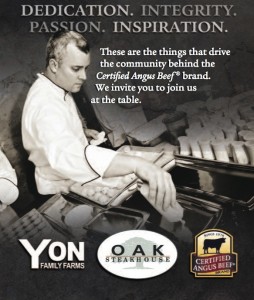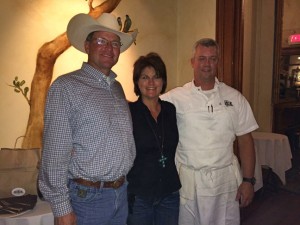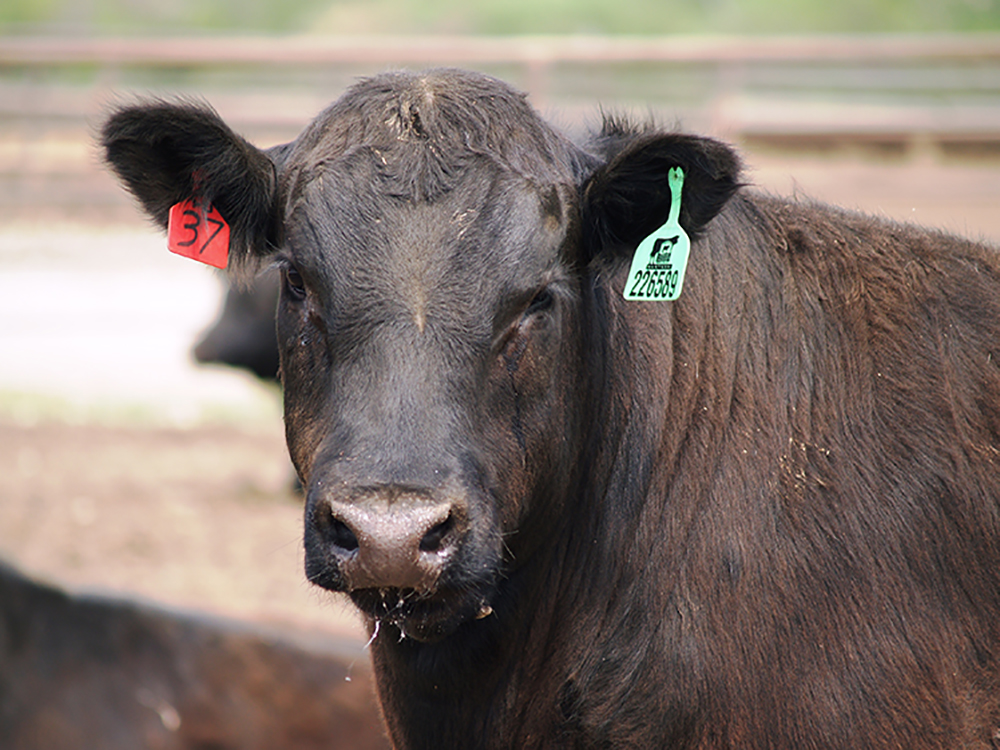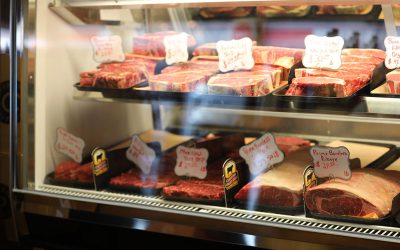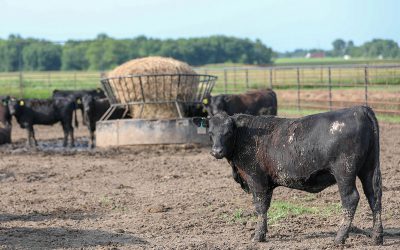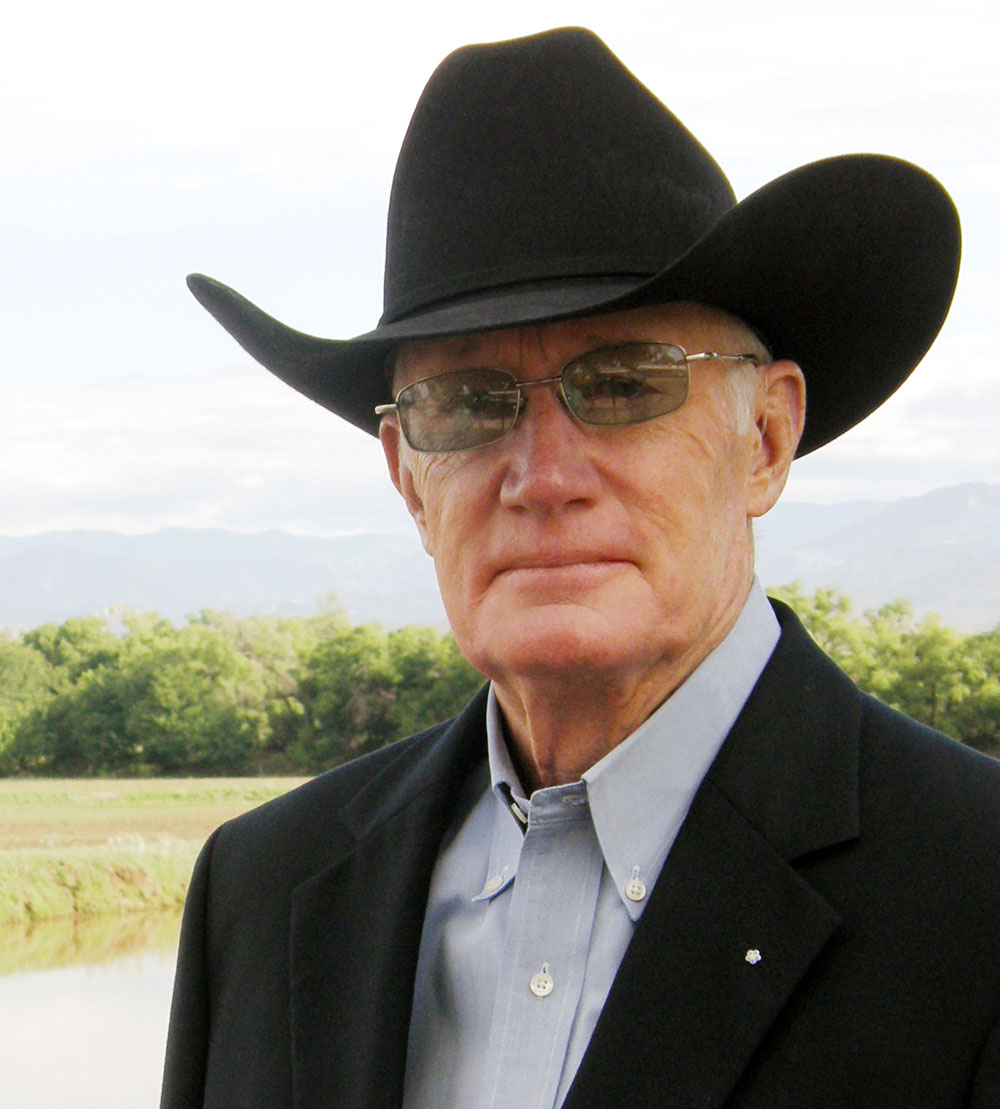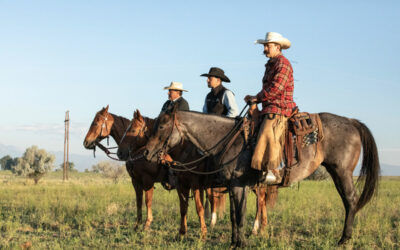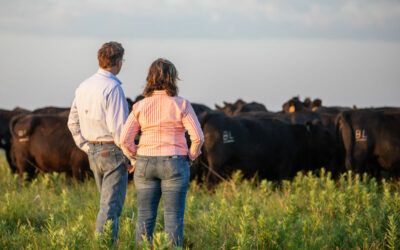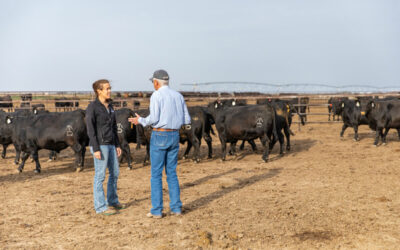
Wyoming K-Stater joins CAB team for summer
By Steve Suther
The Kansas State University (K-State) senior in ag communications and journalism as well as animal sciences and industry works from her home base in Sheridan, Wyo., with the CAB team of journalists in Kansas, Nebraska and Florida.
Johlman credits her passion for the agriculture and cattle community to her grandfather and uncle, who attended K-State veterinary school. As an active 4-H member, she saw the need for industry advocacy and after working on ranches in Nevada, Montana and Wyoming, Johlman’s choice to be that advocate led her also to K-State.
There, she’s a member of Agricultural Communicators of Tomorrow and Block & Bridle, and has interned at the Kansas Department of Agriculture.
CAB was founded in 1978 and is based in Wooster, Ohio, where Johlman attended a young leaders’ seminar last winter. She learned about the brand’s mission of adding value to Angus cattle by providing consumers with a great eating experience.
The first and largest premium beef brand, CAB stimulates demand that incentivizes producers to raise the highest quality beef – some 2.5 million pounds sold each day around the world.
For more information on the brand, visit www.certifiedangusbeef.com. For producer information on targeting The brand that pays ® visit www.cabcattle.com.

You may also like
Certified Angus Beef Welcomes New Director of Producer Communications
Genetics and management are at the forefront of targeting the Certified Angus Beef ® brand but communicating beef value propositions to cattlemen guides informed business decisions. To bring the most relevant production and economic information to cattlemen, CAB hired fifth-generation rancher Lindsay Graber Runft as director of producer communications.
CAB Brand Sales Second Largest on Record
The brand recorded the second largest ever sales volume in fiscal 2022 with total sales culminating in 1.234 billion pounds, a 1.6% increase on the prior year. The sum was narrowly below the brand’s 2019 record 1.25 billion pounds sold.
Certified Angus Beef Takes Fine Dining to New Heights to Connect with Consumers
“High Steaks” is about sharing the transformative power of food and the idea that different culinary experiences can take consumers on a journey to different destinations. In a cliff-side setting, Angus rancher Ty Walter joined actor, comedian and host Joel McHale to talk cattle production and what makes the Certified Angus Beef ® brand consistently superior – all while enjoying a four-course meal at an elevation of 8,500 feet.


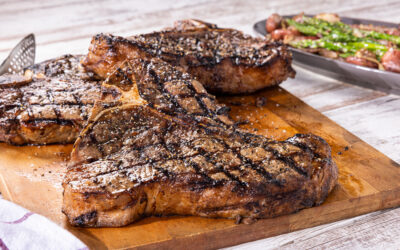




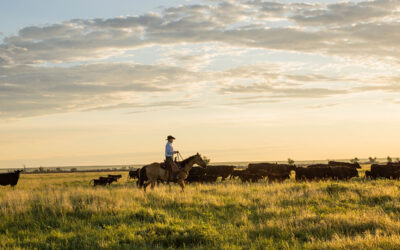
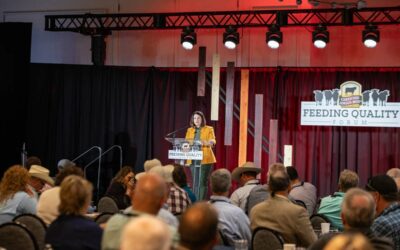



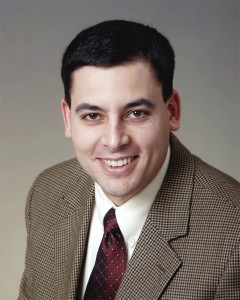 Justin Sexten isn’t new to the beef cattle world, he’s just new to CAB and dare we admit we’re pretty partial to the fact that he’s joining the Black Ink team specifically.
Justin Sexten isn’t new to the beef cattle world, he’s just new to CAB and dare we admit we’re pretty partial to the fact that he’s joining the Black Ink team specifically.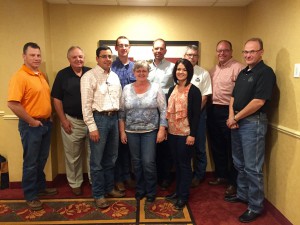
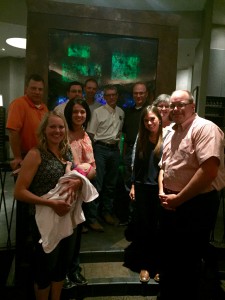

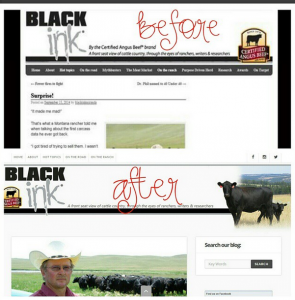

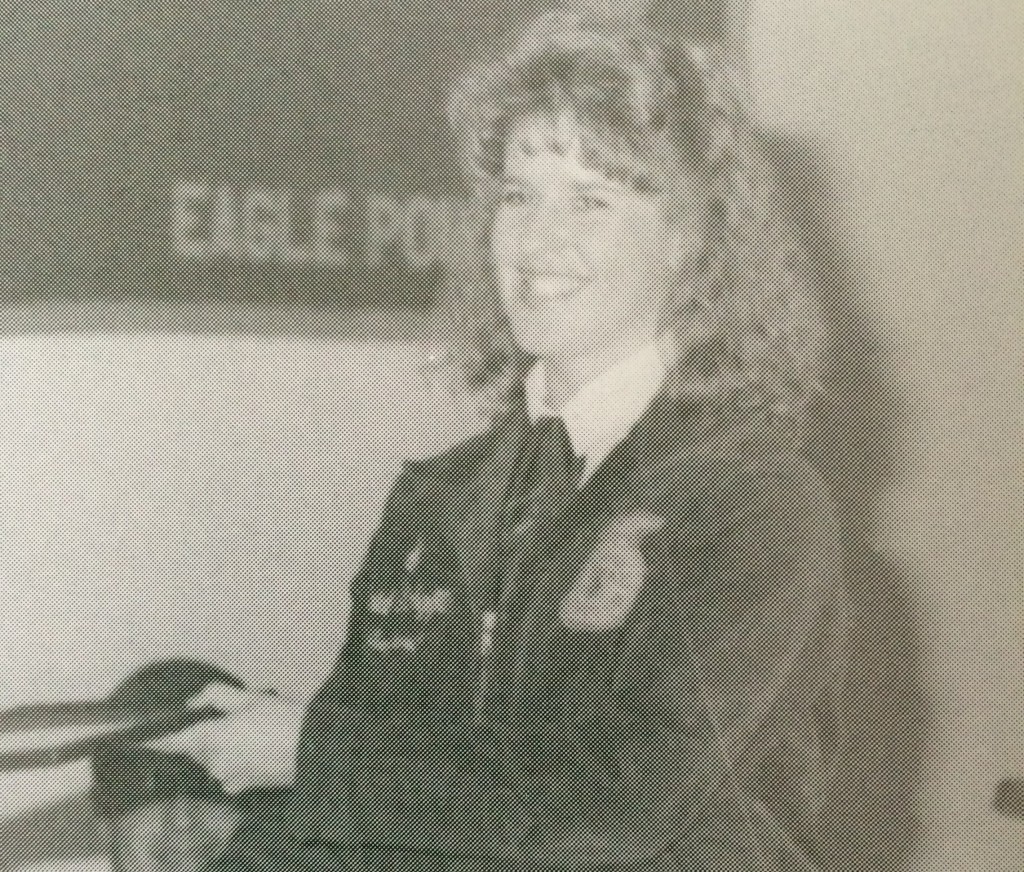
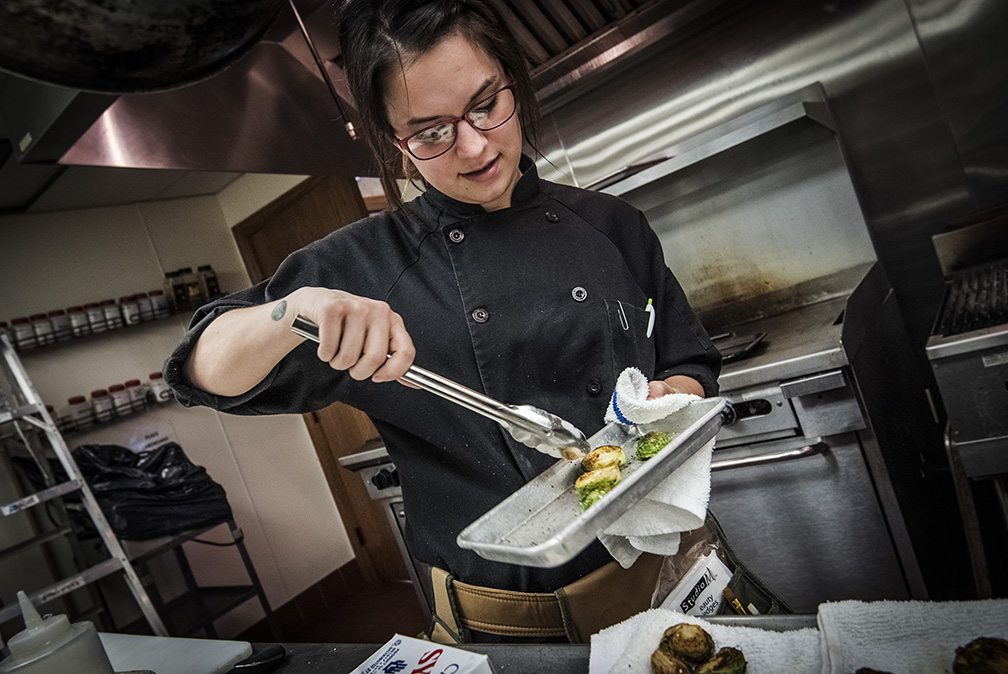
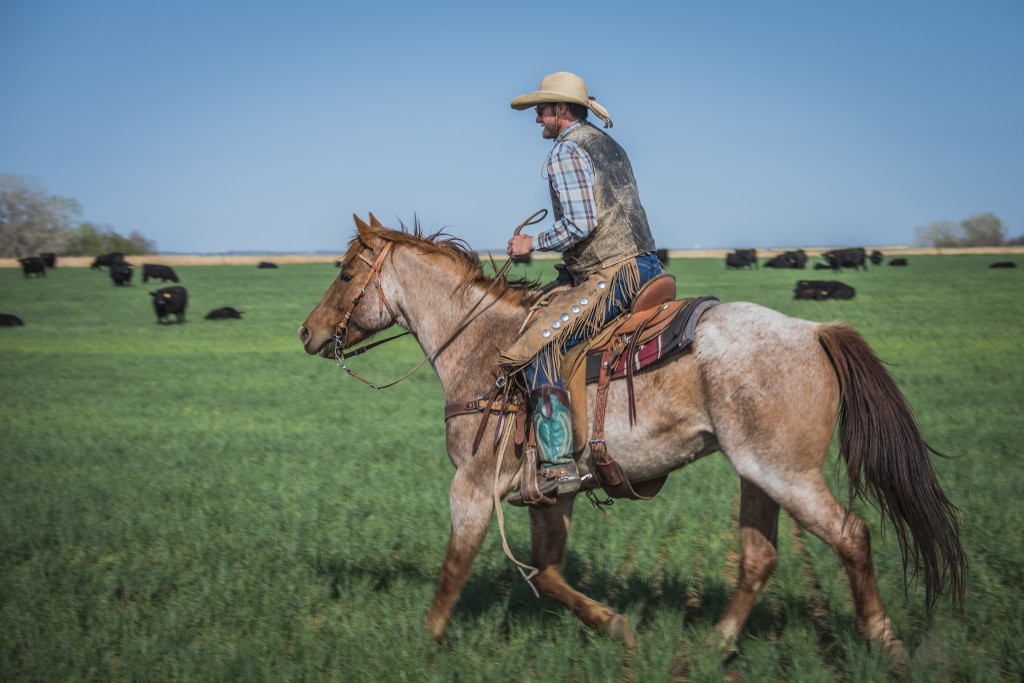
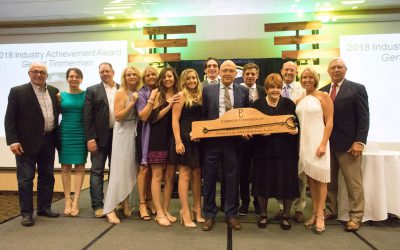
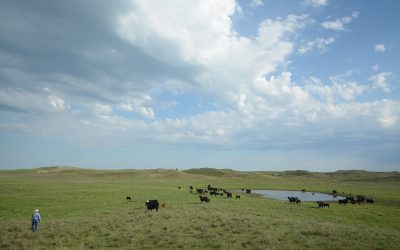
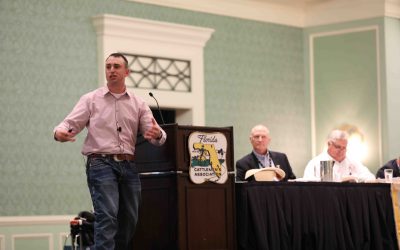



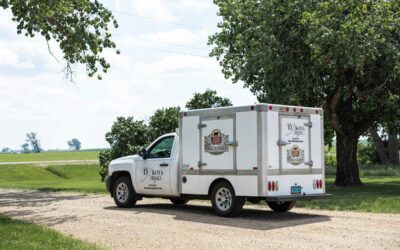
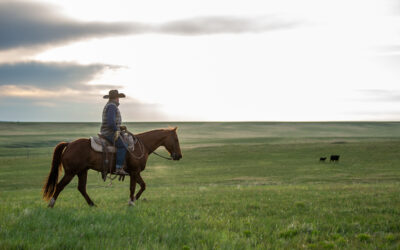


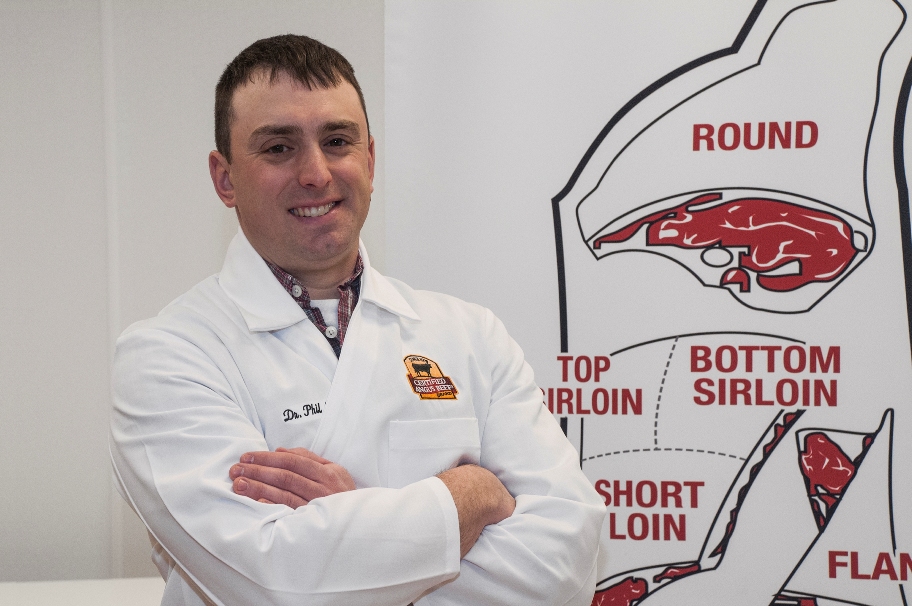 It takes a lot to make Phil Bass speechless but a Wednesday morning phone call did just that.
It takes a lot to make Phil Bass speechless but a Wednesday morning phone call did just that.
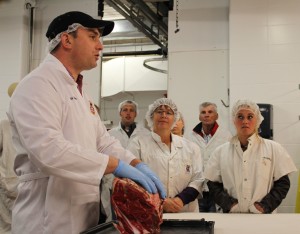
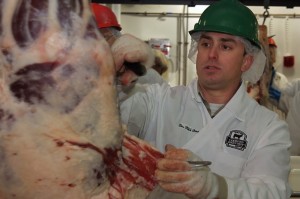 He’s a teacher. Perhaps not the traditional kind you would find behind a college podium, but his lessons are lasting, rooted in a passion set on educating others about the agriculture industry he loved as a child.
He’s a teacher. Perhaps not the traditional kind you would find behind a college podium, but his lessons are lasting, rooted in a passion set on educating others about the agriculture industry he loved as a child.
 “This is something that other people achieve. I would probably be one of the people writing the nomination, or the guy giving the pat on the back to the other folks,” Phil says when asked if he ever saw the honor coming.
“This is something that other people achieve. I would probably be one of the people writing the nomination, or the guy giving the pat on the back to the other folks,” Phil says when asked if he ever saw the honor coming.